Back to Courses

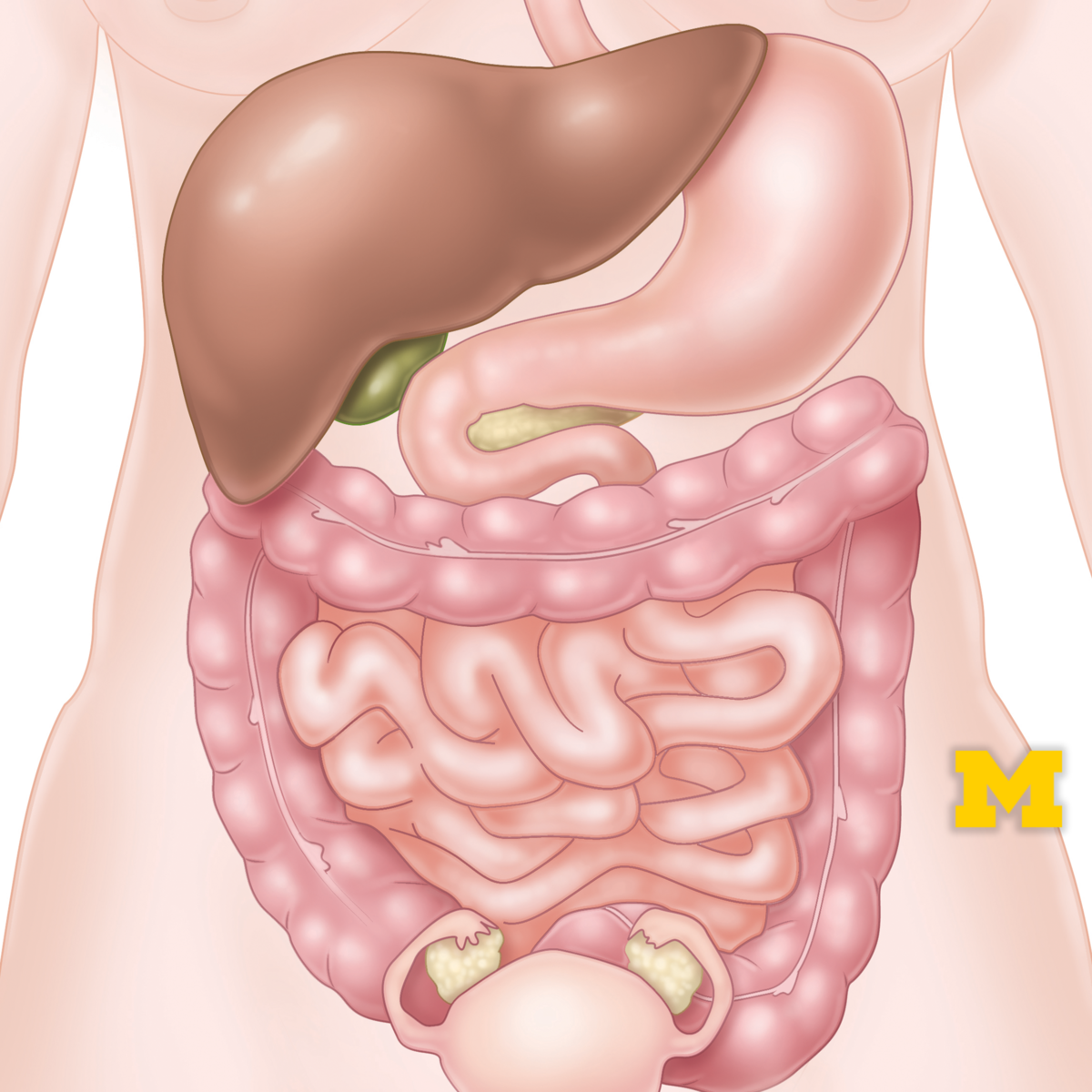

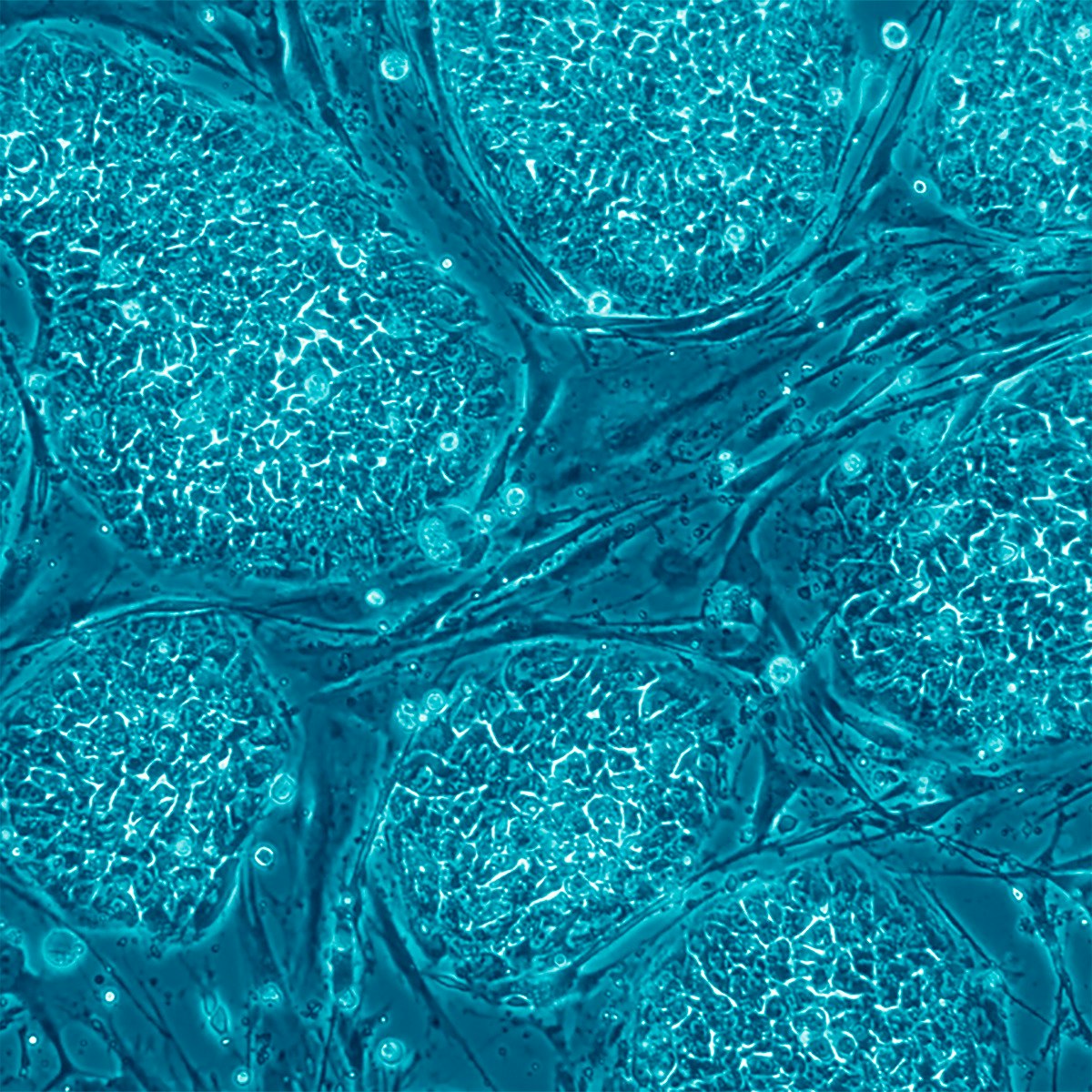
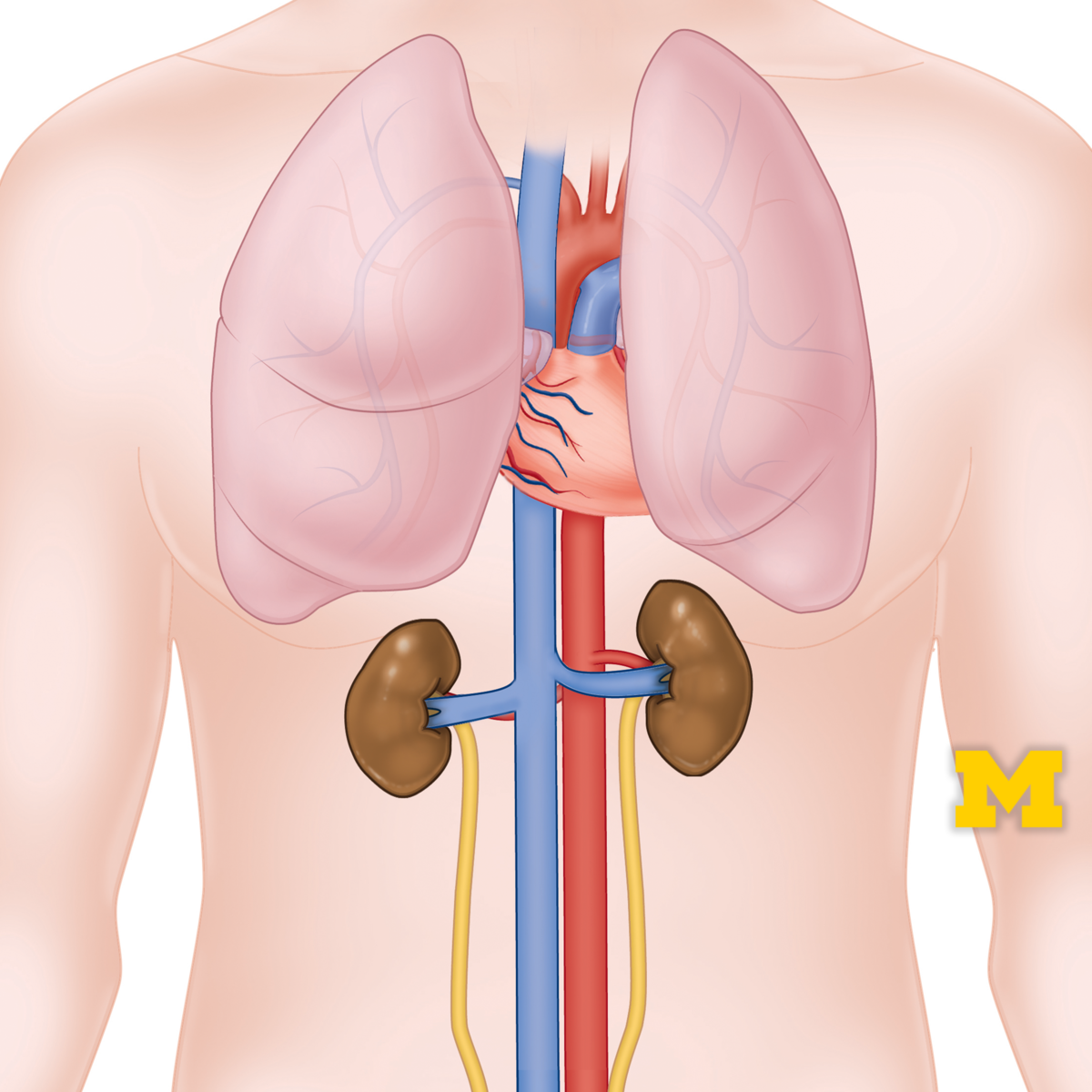
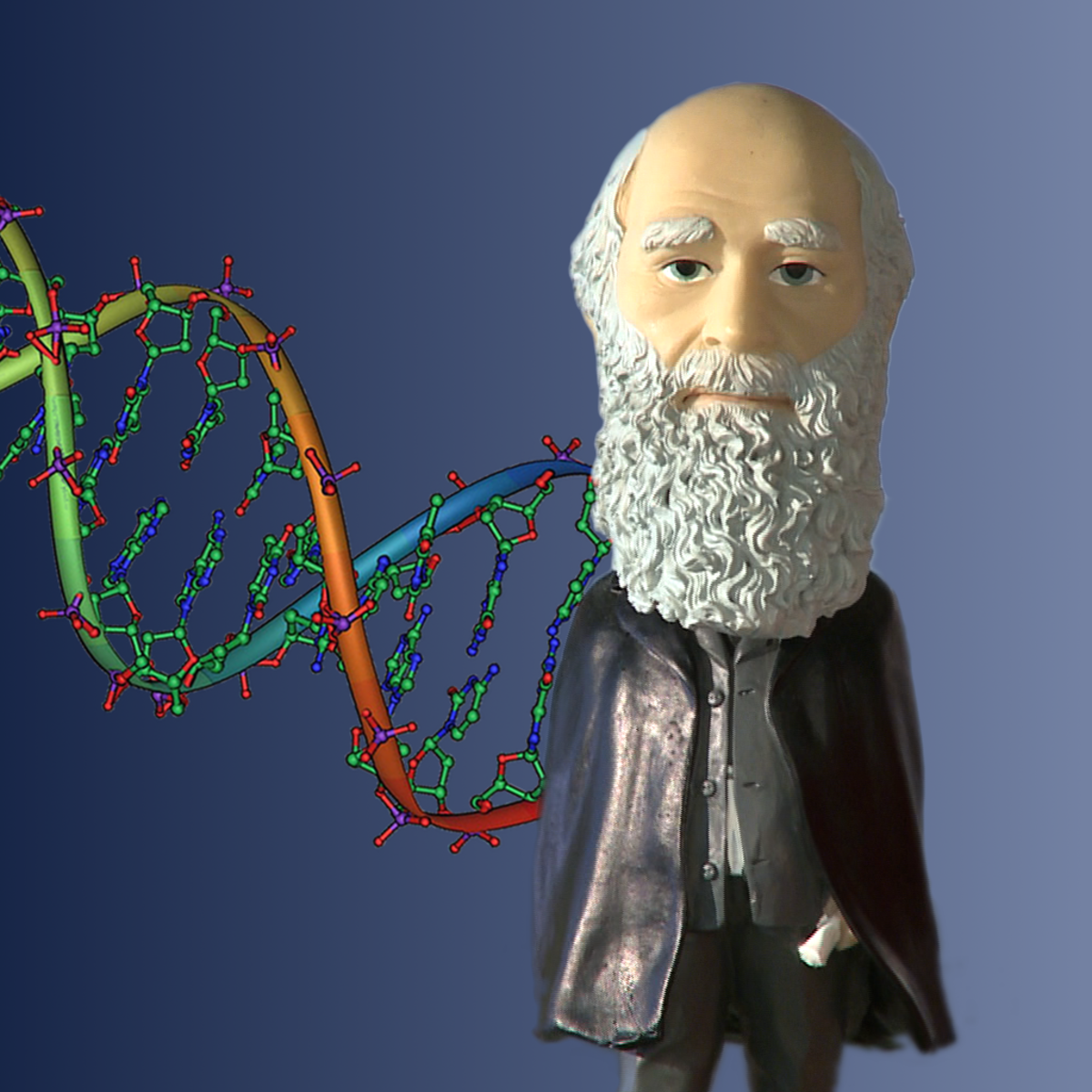
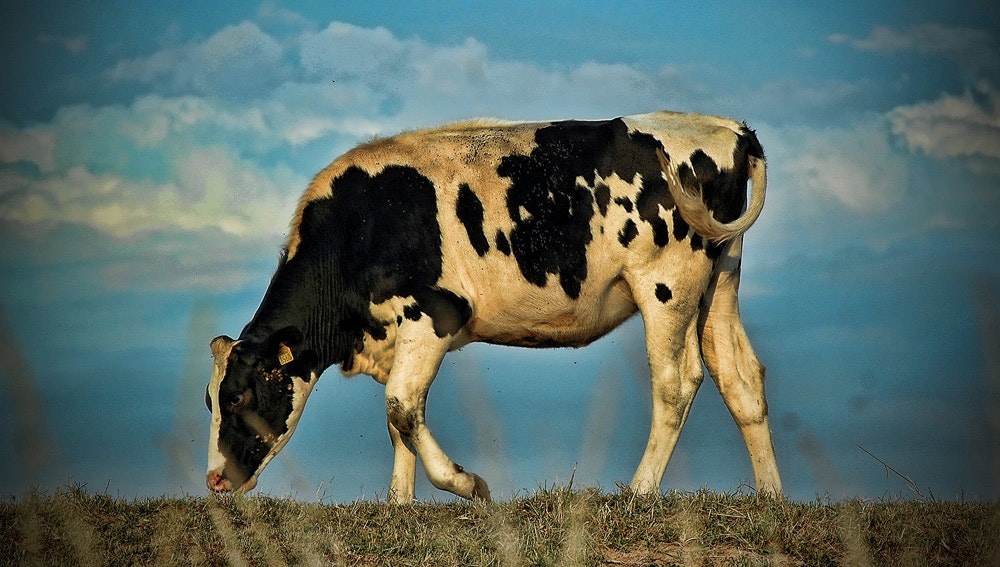
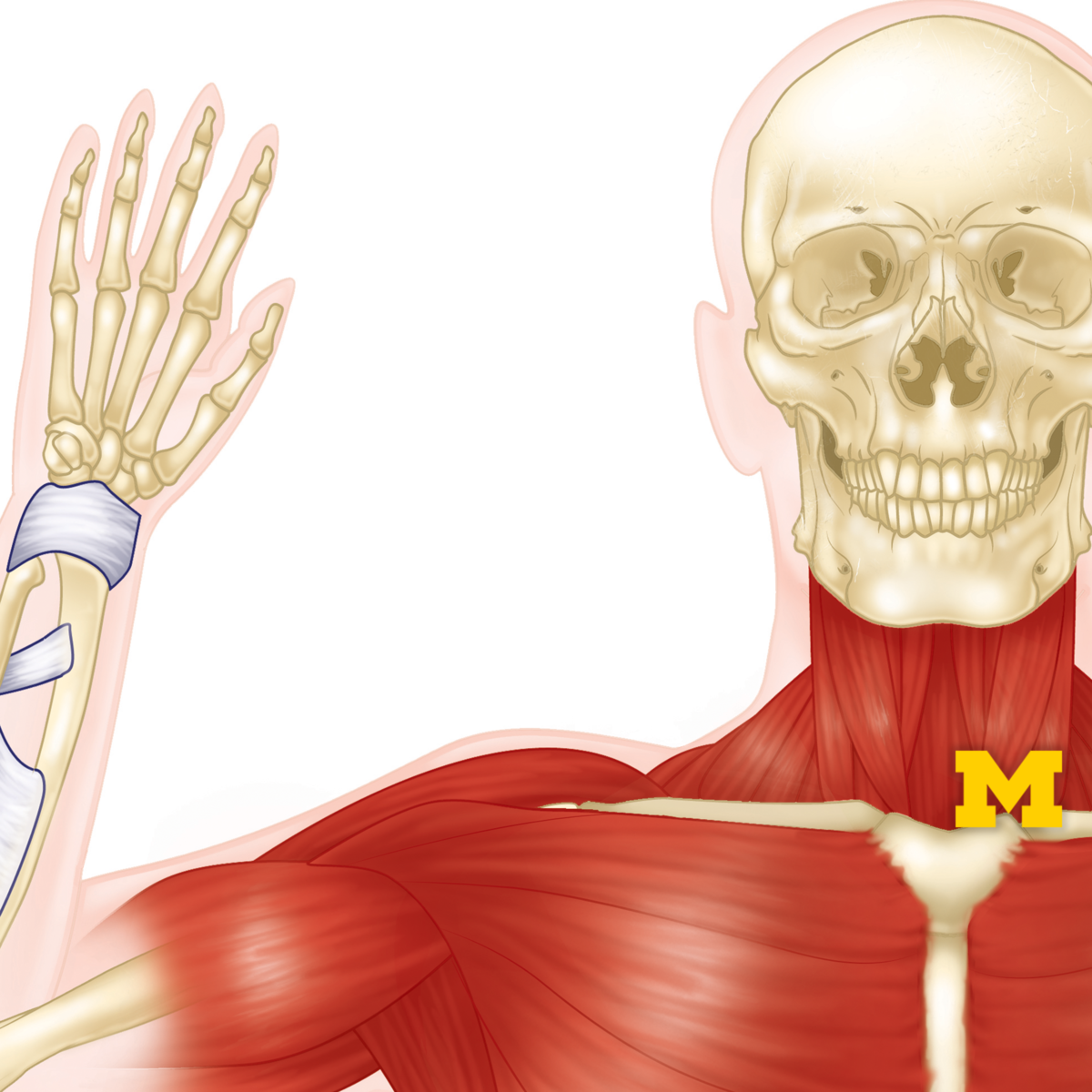
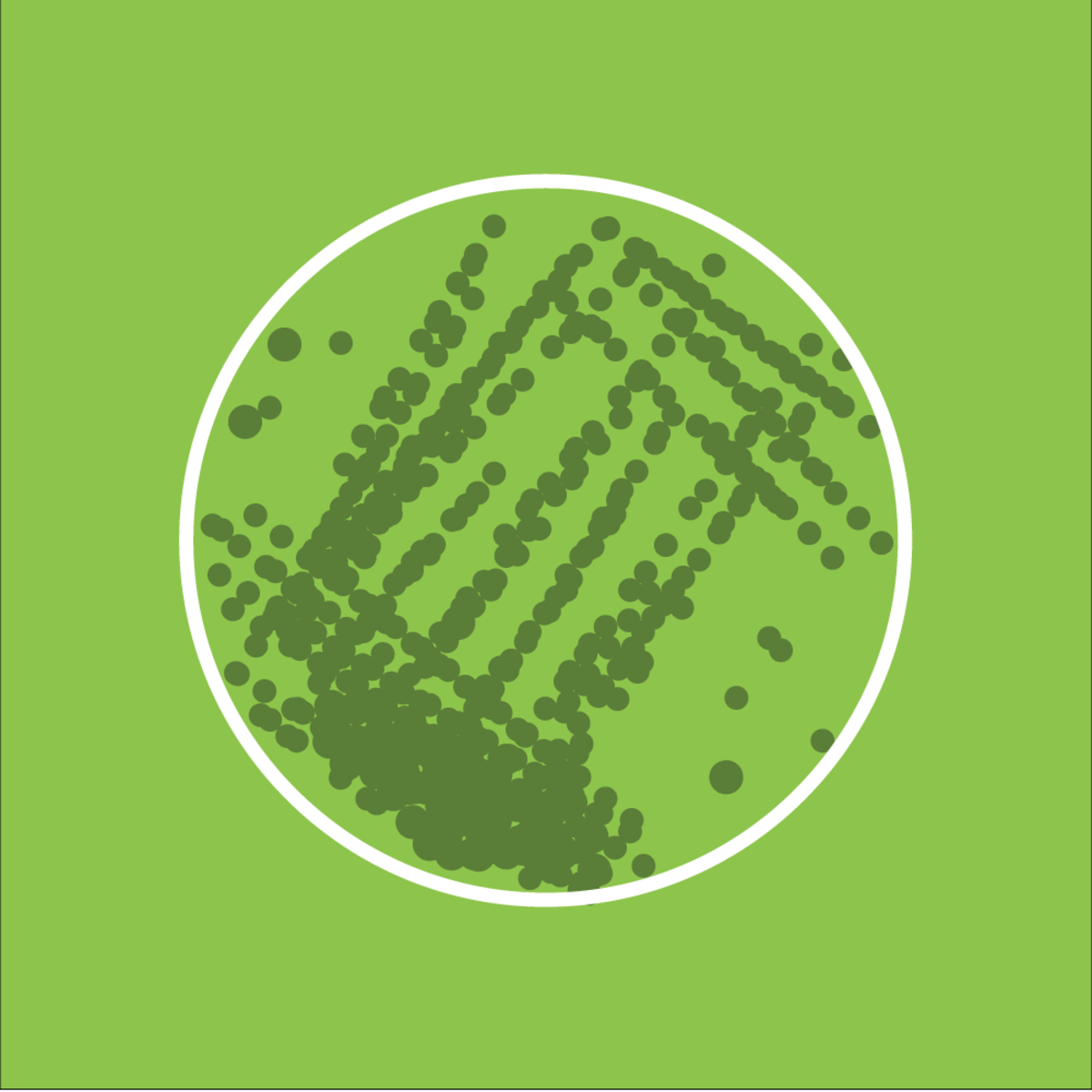
Basic Science Courses - Page 8
Showing results 71-80 of 128

Climate and Climate Change in New Jersey
Welcome to the American Museum of Natural History's (AMNH) primer called Climate and Climate Change in New Jersey! This primer includes numerous elements that will provide you with an understanding of our climate system and climate change in New Jersey, and encourage you to think about viable solutions for climate change impacts. It is divided into four parts, which may be completed sequentially as it was designed or in your sequence. We estimate that it will take approximately 2.5 hours to complete. We are also happy to inform you that you can receive 2.5 professional development hours and a Certificate of Attendance upon successful completion of this course.
Introduction to the Biology of Cancer
Over 500,000 people in the United States and over 8 million people worldwide are dying every year from cancer. As people live longer, the incidence of cancer is rising worldwide and the disease is expected to strike over 20 million people annually by 2030. This open course is designed for people who would like to develop an understanding of cancer and how it is prevented, diagnosed, and treated.
The course introduces the molecular biology of cancer (oncogenes and tumor suppressor genes) as well as the biologic hallmarks of cancer. The course also describes the risk factors for the major cancers worldwide, including lung cancer, breast cancer, colon cancer, prostate cancer, liver cancer, and stomach cancer. We explain how cancer is staged, the major ways cancer is found by imaging, and how the major cancers are treated.
In addition to the core materials, this course includes two Honors lessons devoted to cancers of the liver and prostate.
Upon successful completion of this course, you will be able to:
- Identify the major types of cancer worldwide. (Lecture 1)
- Describe how genes contribute to the risk and growth of cancer. (Lecture 2)
- List and describe the ten cellular hallmarks of cancer. (Lecture 3)
- Define metastasis, and identify the major steps in the metastatic process. (Lecture 4)
- Describe the role of imaging in the screening, diagnosis, staging, and treatments of cancer. (Lecture 5)
- Explain how cancer is treated. (Lecture 6)
We hope that this course gives you a basic understanding of cancer biology and treatment. The course is not designed for patients seeking treatment guidance – but it can help you understand how cancer develops and provides a framework for understanding cancer diagnosis and treatment.

Anatomy: Gastrointestinal, Reproductive and Endocrine Systems
In this anatomy course, part of the Anatomy Specialization, you’ll learn about the various digestive, endocrine, and reproductive organs, their functions, and pathways of nerves and blood vessels serving these organs. Clinical correlations and vignettes will be used to highlight the importance of these anatomical structures and their relationships. Images and videos from cadaveric and artistic materials will be used to illustrate these concepts.

Antimicrobial resistance - theory and methods
The course will cover the topics related to antimicrobial resistance with basic definitions and overview on antimicrobials their use and the emergence and spread of resistance. The course will guide you through the concepts and the importance of resistance spread and dissemination and how that happens. It will show you how bacteria become resistant and which mechanisms they might use for this. And as part of the course you will also receive some training in methods for antimicrobial susceptibility testing (AST) and detection of specific resistance in the microbiological laboratories with the basic methods available and with focus on the obtention of good quality results which can be interpreted and used for different purposes.
Additionally, it will show you how to use genomic analysis tools to analyze whole genome sequencing data to detect resistance genes (and or other genes of interest) in a simple and easy way using online tools freely available.
In the new new version an additional module including detection of specific resistance mechanisms was added.
After this course you should be able to:
1. Describe the most important families of antimicrobials and mode of action
2. Understand the basic concepts of antimicrobial resistance from several perspectives (clinical, research and microbiological)
3. Enumerate and describe how bacteria can become resistant and the mechanisms that may be involved in that process
4. Describe how antimicrobial resistance emerges and spreads around the world including concepts of antimicrobial resistance transfer, selection and dissemination
5. Enumerate the methods used for antimicrobial susceptibility testing (AST)
6. Compare dilution and diffusion methods and know the basic techniques of agar disk diffusion, broth dilution and agar dilution methods
7. Have detailed theoretical knowledge on how to perform the main methods in a laboratory
8. Know the basic concepts about analysis and interpretation of results of AST, including different breakpoints, cut-off setting and their applications.
9. Understand the importance and related concepts related to quality management and quality assurance method standardization, applied to AST
10. Relate the information obtained in this course with real cases of resistant bacteria spreading in patients, the community, animals or the environment
11. Relate the phenotypical results with results from genotyping using molecular techniques for detection of resistance mechanisms
12. Understand the concept and be able to apply genomic analysis tools used to detect resistance genes and other relevant genes from Whole Genome Sequencing (WGS) data (with demonstration of selected online tools)
Disclaimer: Please note that the guidelines and methods referred or links included in these materials are updated when the videos lectures are produced and before the course is released, however these might become outdated with time.

The Science of Stem Cells
What promise do stem cells hold for the treatment of medical conditions? In this five-part online course you will explore the history and basic biology of stem cells, learn about new research techniques, and find out how stem cells could lead to cures for diseases and to individualized medicine. You will hear from Museum scientists, medical researchers at the frontiers of the field, and a panel of bioethics experts who will address the ethical implications of stem cell research and therapy. Learn what has already been accomplished, what challenges remain, and what medical breakthroughs may lie ahead.

Anatomy: Cardiovascular, Respiratory and Urinary Systems
In this anatomy course, part of the Anatomy Specialization, you will explore the interactive relationships of the cardiovascular, respiratory and urinary systems, and the roles they play in your body.
This course is a primer for the cardiovascular, respiratory, and urinary systems in which students learn the pertinent details of the structures and functions through a combination of lectures, videos, labeling activities and quizzes.

Introduction to Genetics and Evolution
Introduction to Genetics and Evolution is a college-level class being offered simultaneously to new students at Duke University. The course gives interested people a very basic overview of some principles behind these very fundamental areas of biology. We often hear about new "genome sequences," commercial kits that can tell you about your ancestry (including pre-human) from your DNA or disease predispositions, debates about the truth of evolution, why animals behave the way they do, and how people found "genetic evidence for natural selection." This course provides the basic biology you need to understand all of these issues better, tries to clarify some misconceptions, and tries to prepare students for future, more advanced coursework in Biology (and especially evolutionary genetics). No prior coursework is assumed.

Sustainable Food Production Through Livestock Health Management
Learn about the impact of infectious disease on sustainable animal-based food production by understanding the science of growth, immunity, and infection and by learning the problem-solving skills needed to advance animal health and food production through optimal management practices.
There is a growing global need in agricultural production for a workforce that is capable of integrating knowledge of animal health and production with an understanding of consumer preferences in the context of economic reality, business efficiency, and ethical constraint. However, current evidence suggests that there is a growing shortage of people with the knowledge and problem-solving skills required to match the rapid advances being made in animal health, science, and food production. The results of this shortage are wide-ranging and could lead to challenges in food security and agricultural economic competitiveness in some countries.
In this course we will explore the effect of infectious disease on sustainable animal-based food production. The content and learning outcomes of this new course will be designed to be relevant across different food production sectors (i.e., beef, dairy, poultry, and pigs). While the instructors will provide the participants with a strong scientific base for understanding the impact of infectious disease in animal-based food production, the emphasis of the material will be on practical problem-solving and will be directed towards equipping participants with a platform for developing the skills needed to contribute to sustainable food production.

Anatomy: Musculoskeletal and Integumentary Systems
In this anatomy course, part of the Anatomy Specialization, you will learn how the components of the integumentary system help protect our body (epidermis, dermis, hair, nails, and glands), and how the musculoskeletal system (bones, joints, and skeletal muscles) protects and allows the body to move.
You will engage with fascinating videos, lectures, and anatomical visual materials (illustrations and cadaveric images) to learn about these properties and functions.

Introduction to Algae
This course was produced by the Algae Technology Educational Consortium and UC San Diego with funding from the Algae Foundation, the National Renewable Energy Lab, and the U.S. Department of Energy.
Algae are an extremely diverse group of organisms that can be found in almost every ecosystem on the planet, and they play an essential role for life on earth. They are little bio-factories that use the process of photosynthesis to create chemical compounds that we can utilize for food, feed, medicine, and even energy. We’ve brought together some of foremost algae experts from industry and academia to teach you the fundamentals of algae.
This course will cover what algae are, why they are important, and why we are interested in them for both their environmental benefit, as well as their use for products. You will also explore the vast diversity of algae including the characteristics and applications of some of the main types of algae that are in commercial use today.
Later you will learn about algal ecology and how interactions with environment, including pests and predators, affect algal productivity. And finally you will examine the processes of algae bio-manufacturing including production processes, as well as some of the products, benefits, and challenges that impact our ability to make commercially viable products from algae.
Popular Internships and Jobs by Categories
Find Jobs & Internships
Browse
© 2024 BoostGrad | All rights reserved